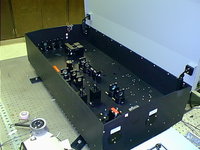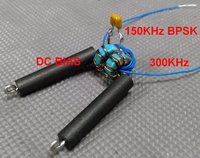- Joined
- May 18, 1997
- Messages
- 55,634
What's faster than good old electricity and those electrons we rely so heavily upon? And as we know a little bit of light can go a long ways and of course which speeds can be determined by substrate. However when it comes to household electronics, the use of light to store and transmit data can be very beneficial. This article is very light on details, but this report has a bit more granularity.
The University of Victoria materials scientist developed the item as part of an international effort to reduce the power consumption and heat produced by modern computer processors. “It really is the holy grail of computing,” CTV tech analyst Carmi Levy said. “This could be the breakthrough we’ve been waiting for.”
Frank filed a Patent Cooperation Treaty (PCT) Patent Application along with Green Centre Canada. She is currently "working with international electronics manufacturers", and expects LI-RAM to be commercialised in 10 years.
The University of Victoria materials scientist developed the item as part of an international effort to reduce the power consumption and heat produced by modern computer processors. “It really is the holy grail of computing,” CTV tech analyst Carmi Levy said. “This could be the breakthrough we’ve been waiting for.”
Frank filed a Patent Cooperation Treaty (PCT) Patent Application along with Green Centre Canada. She is currently "working with international electronics manufacturers", and expects LI-RAM to be commercialised in 10 years.
![[H]ard|Forum](/styles/hardforum/xenforo/logo_dark.png)


